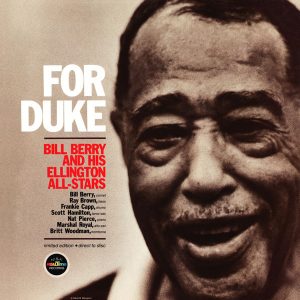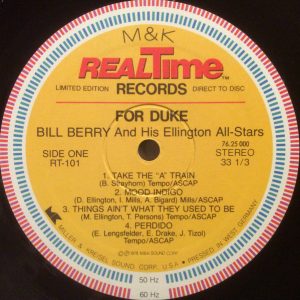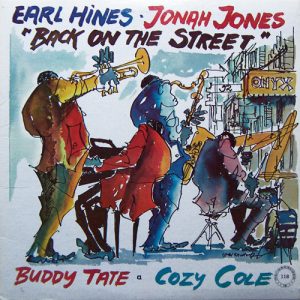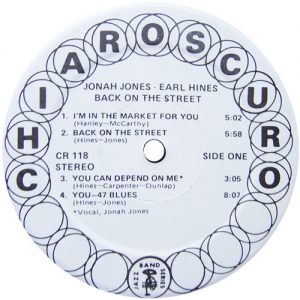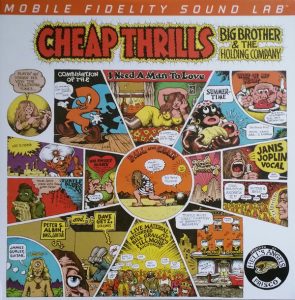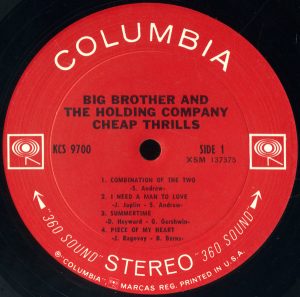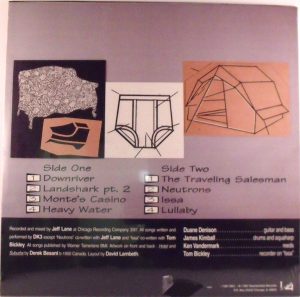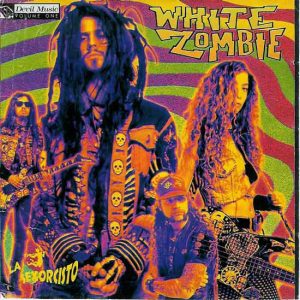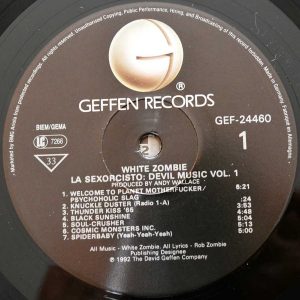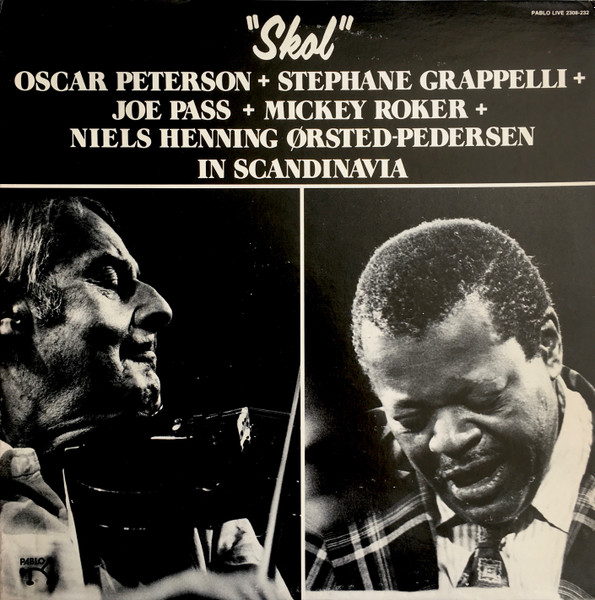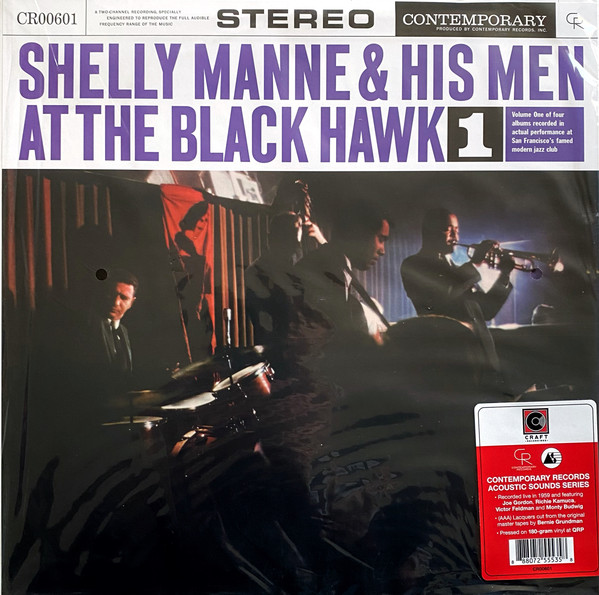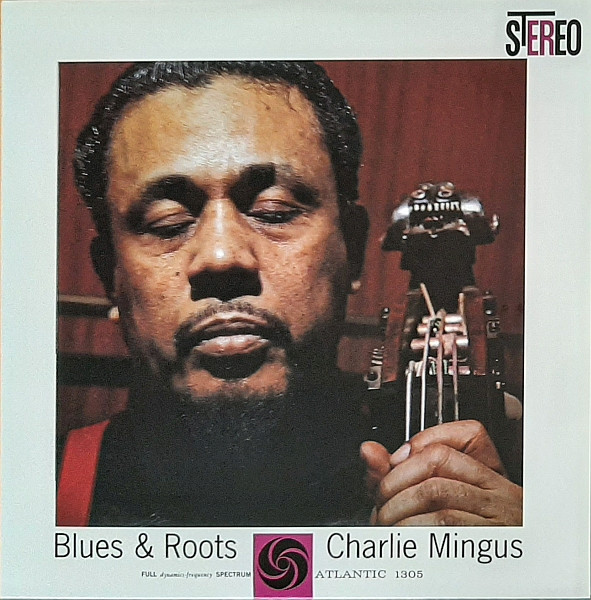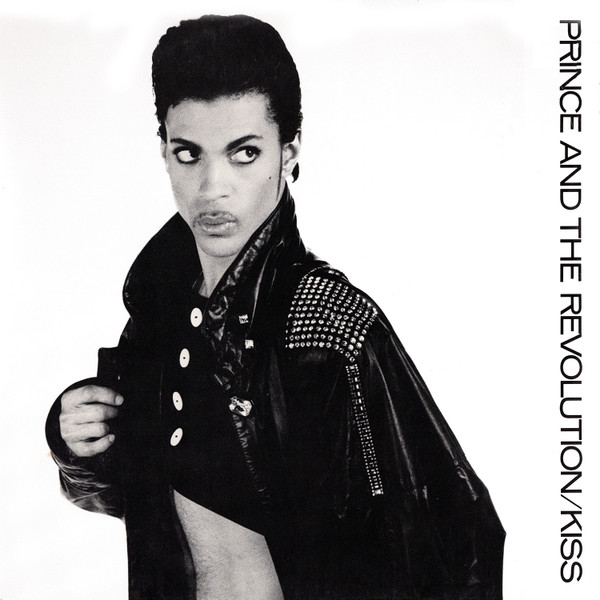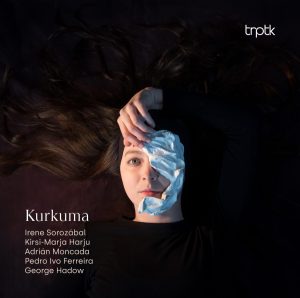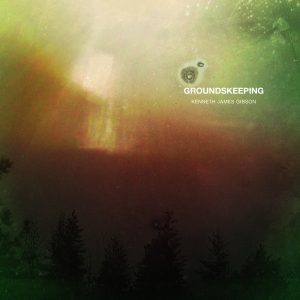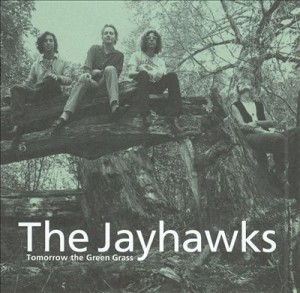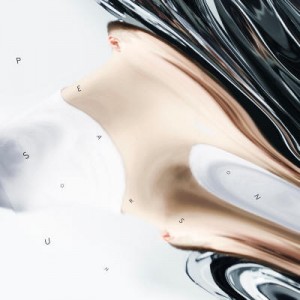This is an ongoing project by Claude Lemaire of Soundevaluations
106. Bill Berry and His Ellington All-Stars, For Duke. M&K RealTime Records – RT-101 (1978), 33 1/3 rpm. Genre: big band swing, jazz. Direct-to-disc lacquer cutting. German pressing.
We have often heard the expression "making a great first impression is the key to success" and that's exactly what Miller and Kreisel Sound Corporation set out and accomplished in January 1978 to inaugurate their newfound audiophile label and parent subwoofer speaker company. I previously selected their seventh release (see entry 6 from my Top 500 SuperSonic List HERE) in these pages, and the label's direct-to-disc debut doesn't disappoint but rather delivers in droves. Engineered by Stan Kreisel and Steve McCormack—of McCormack Audio and Mod Squad fame—and cut by lathe operator Steve Drecker—the same team as on Flamenco Fever—For Duke can be regarded as a royal tribute by cornettist Bill Berry and His Ellington All-Stars to the great American maestro, taking us for a ride on an "A" Train through the New Orleans streets of "Perdido" intertwined with "Cotton Tail"s of "Satin Doll"s dyed in deep "Mood Indigo", and more. Berry's arrangements are stunningly beautiful and remain refreshing regardless of having heard these jazz standards so many times before. Unlike many D2D releases that impress on first listen because of their large dynamic range but tend to sit on the shelf due to an aggressive upper-mid forwardness that nearly bites your head off, here the sound is exquisite from start to finish, and definitely to die for. Every instrument of this septet—drums, bass, piano, trombone, cornet, tenor, and alto sax—is presented with the most realistic timbre, tone, clarity, dynamic shadings, and subtle sweetness I've encountered on record reproduced in a home setting. There is a controlled intensity, a forcefulness, a physicality, and substantiveness to the sound—the piano's presence and resonance are unrivaled in my book. Strangely the only quibble I could call out is Ray Brown's bass, which sounds a bit distant, and lacks some precision in the mix, whereas everybody else present were so easy to follow.
107. Earl Hines and Jonah Jones, Back on the Street. Chiaroscuro Records – CR118 (1972), 33 1/3 rpm. Genre: jazz, New Orleans style, swing.
With Buddy Tate on clarinet and tenor sax, and Cozy Cole on drums—pianist Hines and trumpetist Jones' Back on the Street straddles the fence between New Orleans strut and small scale swing. The quartet are accompanied by John Brown on bass, and Jerome Darr on guitar. Recorded March 1972 in New York for American producer and photographer Hank O'Neal's Chiaroscuro label—distributed by Audiofidelity Enterprises, Inc.—engineer Fred Miller in association with Warp Studios did a fantastic job capturing the sextet's spontaneity with startling dynamics, staccato clarity, and truthful timbres. So stunning are the latter that it could easily pass for a direct-to-disc cutting. The sole sonic reproach lies in the lower octaves unfortunately being rather diminished in level in relation with the rest of the balanced spectrum say over 100Hz. That aside, it does not impede one's immense sonic satisfaction but a full frequency remastering done with care could be quite appealing—anybody out there listening.
108. Big Brother & the Holding Company, Cheap Thrills. Columbia – KCS 9700 (1968), MoFi – MFSL 2-453 (2016), (2x45 rpm). Genre: psychedelic rock, acid rock, blues rock, R&B, soul rock.
"Summertime, time, time, child, the living's easy." One of these mornings the child rose up singing, spread her wings, and took to the sky. That child was of course Janis...
Hard to ever imagine that with such an iconic voice, and name for that matter, that Janis Joplin would make her debut and follow-up LP buried beneath Big Brother's nomenclature. Nevertheless such was the case with the cartoonish-covered Cheap Thrills designed by counterculture comix artist Crumb. CBS head honcho Clive Davis, dazzled by their performance at the Monterey Pop Festival, quickly signed them to the label after buying out their contract from independent Mainstream Records, responsible for releasing their self-titled debut. The band's second album, released in August 1968 on Columbia is considered a classic staple and statement from the San Francisco Bay Area scene. At the time it was promoted as a live-studio combo "recorded at Bill Graham's Fillmore Auditorium" when in fact only one song—"Ball and Chain"—was truly a live recording in front of audience done at Winterland Ballroom in San Francisco while the remaining six songs were done at Columbia's Studio B in New York with producer John Simon mixing fake crowd effects to (re)create a pseudo-live feel for some of the songs. This technical twist or trick would be recycled in landmark "live" albums from fellow funkster James Brown to Eddie Kramer's technical wizardry on Kiss' 1975 breakthrough LP Alive! [Casablanca NBLP 7020-798] just to name a few. Cheap Thrills explores some of the era's popular rock subgenres without spreading out in all directions such as Sgt. Pepper for example. Side A is definitely leaning heavily towards psychedelica-acid while soulful-blues rock permeates the rest of the album with the tour de force featured on side B, comprising the Gershwin classic jazz standard "Summertime" from Porgy and Bess, now given a stunning second life. It is followed by their definitive interpretation of Erma Franklin's "Peace of My Heart" released the year before. Engineers Fred Catero, Jerry Hochman, Roy Segal, and David Diller did an amazing job capturing Janis and the band with the perfect portion of pure rawness balanced with utter finesse featured in her unadulterated voice mixing rage and raspiness with power and pure delicacy. With these two songs she commands the stage like no other singer before or ever since, sowing strong impressions on other rock and soul superstars such as Robert Plant within Led Zep making their debut merely months away, extending through Joss Stone, more than three decades later–especially evident on "I Need a Man to Love." MoFi engineers Krieg Wunderlich and Rob LoVerde nailed it like never before, with tons of tone, immense physicality, dynamics rising through the roof right down to a whisper thanks to RTI's dead silent pristine pressing. Each electric guitar-amp's distinct distortion displays an uncanny realism regarding drive, intensity, sustain, saturation, overtones, and nuance—having intimate sittings with HiWatt and Marshall tube amps in the past. I did not have an original "360 Sound" Columbia pressing for comparison but am confident it cannot touch the MoFi. Everybody in the complex chain got everything exactly right—a very rare thing. As such this remastered record transcends even their "one-step" releases so far–at least on an emotional level. If you settle for only one of the her albums, child, this is the Janis to get!
109. DK3, Neutrons. Quarterstick Records – QS48 (1998), 33 1/3 rpm. Genre: math rock, experimental, avant-garde jazz, industrial, noise rock, electroacoustic.
Our adventurous atom known as DK3 consist of proton duo Duane Denison on guitar and bass, with James Kimball on drums driving the nucleus core of The Denison/Kimball Trio, plus free electron Ken Vandermark on reeds gravitating around them. The electromagnetic field started strengthening with the release in 1995 of Soul Machine [Skin Graft Records GR 22], and ultimately colliding in 1998, creating a shock wave with Neutrons forming one fierce force of nature. Both Denison and Kimball for a certain period were part of the noise rock band The Jesus Lizard, and the radioactive fallout seems to interact with Vandermark's strong avant-jazz explorations in improvised music, provoking a thermonuclear fusion of angular meters, rhythms, and sonorities. The adrenaline runs high from start to finish with no nuclear waste in between. Jeff Lane—who sports a long list of credits as an engineer at the Chicago Recording Company—does an incredible job recording and mixing the band, boasting extremely tight impactful, menacing yet non-fatiguing, tonally balanced sonics. Every instrument remains sharply defined within the mix. The drumset is dynamic and lightning fast as rarely encountered in rock recordings, and more akin with direct-to-disc rise times and attack but fuller sounding for superior slam and punch with the only readily apparent caveat being a bit of cymbal smearing showing up on side A. Note that there are some sonic and stylistic similarities to Shellac and Steve Albini's recording and production aesthetics; and in that context the general sound can best be described as neutrally incisive rather than smooth and warm. Highly recommended for those who appreciate aggressive, abrasively-oriented, syncopated, repetitive, explorative challenging musical paths.
110. White Zombie, La Sexorcisto: Devil Music Volume One. Geffen Records – GEF 24460 (Ger.) (1992), 33 1/3 rpm. Genre: groove metal, heavy metal.
Captivated early on by horror films, comic books, sci-fi, and shock rock theatrics, and long before The Walking Dead, Robert Bartleh Cummings aka Rob Zombie formed the band in NYC, launching his debut Soul Crusher [Silent Explosion Records SE-002] in 1987. Produced, engineered, and mixed in May 1991 by non other than Andy Wallace—whose worked on so many of the best albums from the best bands of the mid-1980s and 1990s, such as Slayer, Sepultura, Nirvana, Sonic Youth, and Rage Against the Machine just to name a few—and assisted by David Carpenter, La Sexorcisto—his third and best album—was released in March the following year. It grooves from the get-go to the very end with numerous TV show samples or snippets linking the eleven musical tracks together, providing ideal conditions for a devilish party atmosphere. Situated at the crossroads of heavy metal and dance-oriented grooves, it straddles the fence between Pantera and Prong's grooviest thrash. Howie Weinberg seems to have mastered it with a mild to strong "smiley face EQ curve" creating a 1970s club-discothèque feel to it—imagine JBL 4520 double-scoop bouncing bass and you get the picture. Very punchy and well articulated, and warm with swinging dynamic modulation. This suits the subgenre just fine, permitting us to turn the volume way up—which you'll need to do given the low-level cutting of this 26 to 30 minutes per side German Geffen pressing—so we can get up and dance accompanied by our old strobe and black light. Guaranteed to tap your zombie foot the whole time or your money back! I did not have the original US pressed on "glow in the dark" vinyl for comparison but online comments suggest some were noisy and crackled, perhaps due to that special vinyl formulation.
For more from Claude Lemaire go to his blog...
http://soundevaluations.blogspot.ca/




